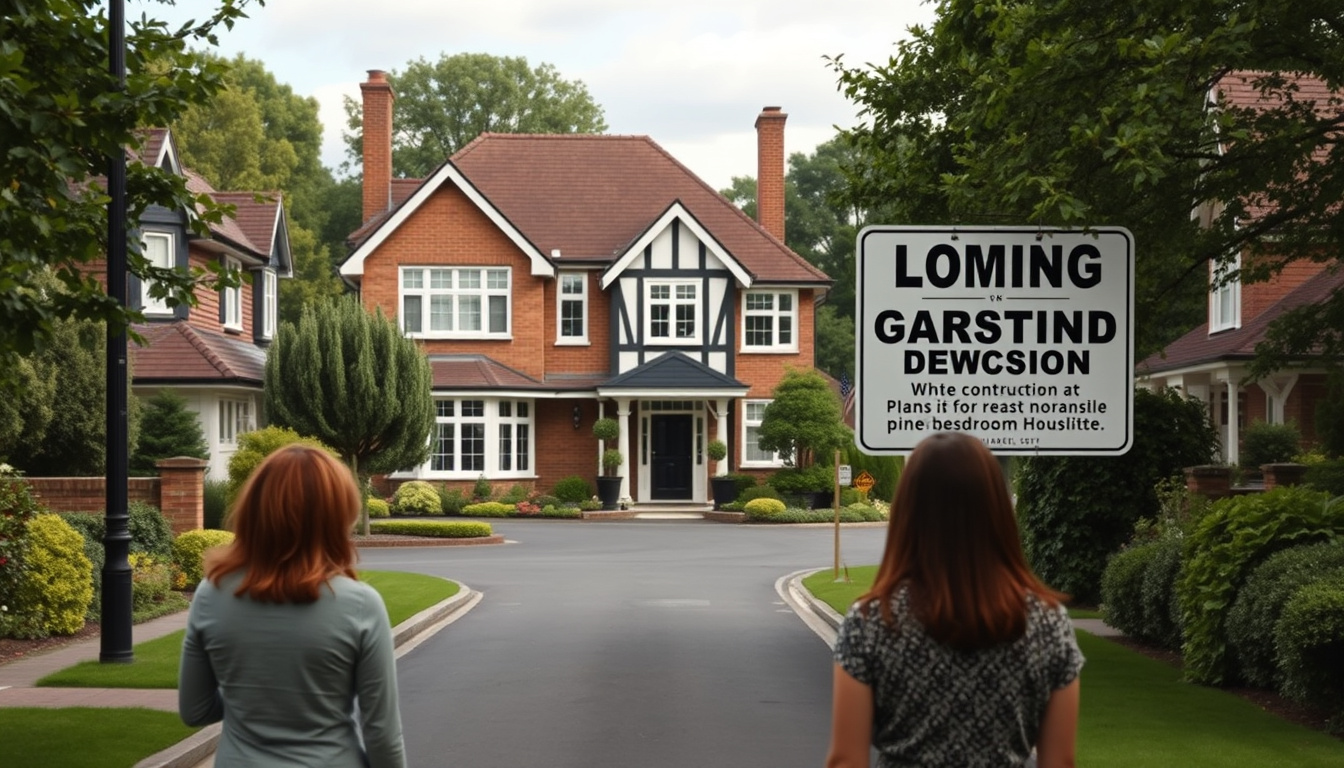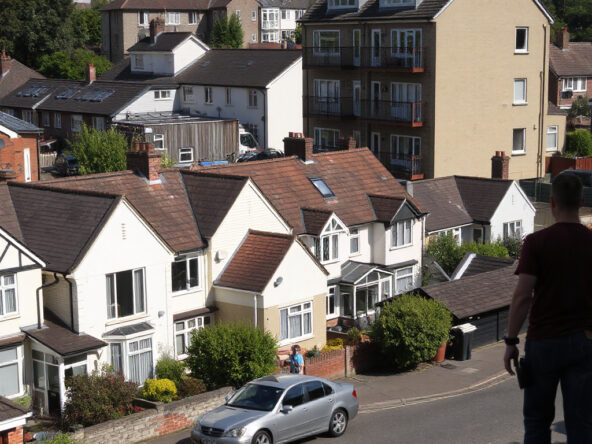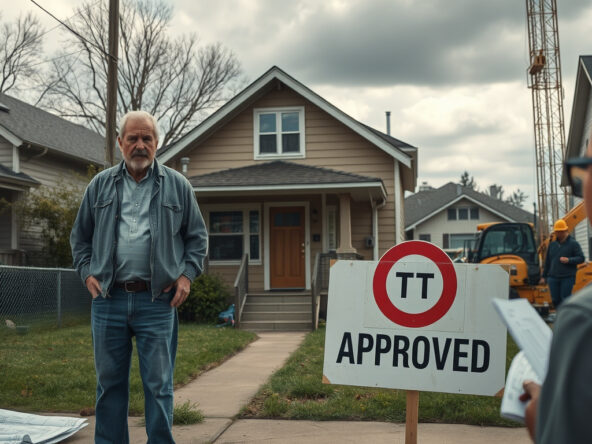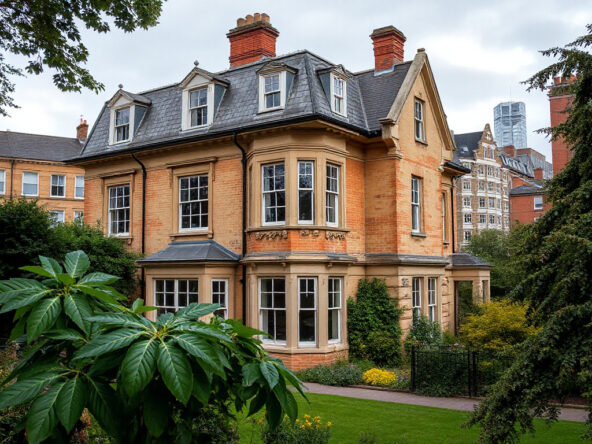Concerns Raised Over Plan to Convert Family Home into Large HMO in Birmingham Suburb
A planning application, submitted for scrutiny, proposes conversion of a five‑bedroom, semi‑detached family house into a nine‑bedroom House in Multiple Occupation in a Birmingham suburb that is well regarded, located on a residential road in Sutton Coldfield adjacent to a railway station and a high‑value estate.
Proposed Development Details
The proposal transforms the existing family dwelling into nine one‑bedroom en‑suite chambers arranged on three floors, each room comprising its shower, sink, and toilet placed in tight proximity to shared spaces—a kitchen, dining area, lounge, and outdoor patio—with an allocation of three parking spaces that provides a single visitor spot while disallowing tenant parking, yet securing ground‑floor cycle storage.
Local Resident Objections
Local residents, perceiving immediate impacts on the neighbourhood, object as concerns intensify over an escalation of noise, complications in parking, continuous ingress and egress, and general disturbances that mark HMOs, with many decrying the conversion from a single-family home to a densely occupied nine‑bedroom facility as unsuited to a quiet, family‑oriented setting and as a threat to community safety and spatial coherence.
Applicant’s Response and Support
The applicant, intent on optimizing underused space and meeting local rental demand, asserts the absence of any other HMO within a 100‑metre radius and outlines a strict tenant management rubric that targets disruptive conduct—including excessive noise, aggression, and substance misuse—and institutes a dedicated complaint hotline along with on‑call management to resolve disputes promptly.
Political and Planning Perspectives
Political representatives and local city councillors contend that the plan misaligns with the established character and setting of the neighbourhood, maintaining that even though housing numbers may need boosting, the conversion from a single dwelling into a large HMO fails to integrate with the locale’s fabric, thereby prompting the planning committee to scrutinize the property’s location, surrounding structures, access challenges, and the development’s influence on neighbouring homes.
What Investors Should Consider
Investors in the property market—especially those wary of HMO conversions—must examine local contexts and community attitudes with precision when planning residential transformations in suburban settings; while rental demand remains high, proposals in family‑centred or affluent areas tend to face vigorous resistance, making robust tenant management and unambiguous behavioural guidelines indispensable for achieving conversion approvals.
Summary
The conversion of a five‑bedroom family home into a nine‑bedroom HMO in a Birmingham suburb incites local protest over increased noise, parking constraints, and disruptions to neighbourhood character; with applicant measures such as stringent tenant regulation and support mechanisms countered by political representatives resolved to object, this case stands as a pertinent study for investors weighing the complexities of developing HMOs in sensitive residential zones.



